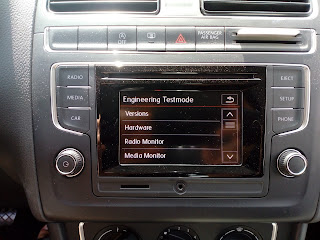Biological microscopes among a few other things, are characterized by the fact that rely on transmitted light rather than reflected light, to produce an image of the specimen.This is adequate for most biological needs because the specimen can either be made thin enough for light to go through, or the medium and/or the specimen itself is relatively transparent to light.
However there are other applications in microscopy where it cannot be assumed that the specimen is transparent or able to be ground to a thickness small enough for light to traverse it. Some materials are opaque even at thicknesses of few microns.
The only solution in these cases is to rely on reflected light. For this to be possible, a different illumination system is required on a microscope. This type of illumination is commonly designated of epi-illumination (as opposed to trans-illumination used for biological observations). This is where a device known as vertical illuminator comes into play (picture obtained from a Olympus BHM manual):
Ad
Sunday, December 9, 2018
Sunday, September 2, 2018
4-wheel adventures ranging from customer relationship to automotive hacking
1. Context
Since more than a decade ago, automotive technology have captured my interest to some extent. Not so much in the mechanical domain, for which the industry have in most part been over the years conservative and slow in pushing inovation, but mostly in respect to the digital framework that integrates the vehicles. This overlay of digital technology plays a fundamental role in modern cars, ranging from safety, fuel economy, controlling the production cost (by reducing the number of individual parts), emissions control, comfort and entertainment.Sunday, July 15, 2018
After-market safety treatment of low cost products
There was a time when it was not possible to obtain a proper pure sine wave inverter (12 V DC -> 220 VAC 50 Hz) without shelling out hundreds of Euros or USD.
Today, with the massification of supply and demand, and with the sheer scale of the chinese industry producing these types of devices for consumer and industrial applications, prices necessarily went down.
Until recently I had a modified sine wave inverter, which given its limited compatibility with different types of loads, I have discarded (resold) and went looking for a cheap pure sine wave (which intuitively I expected to be much cheaper in current days).
Through Aliexpress, I found a 500 Watt/1000 Watt peak for 38 Euros (roughly the price I paid for the modified sine wave model years ago - and it was only rated to 250 Watts):
Today, with the massification of supply and demand, and with the sheer scale of the chinese industry producing these types of devices for consumer and industrial applications, prices necessarily went down.
Until recently I had a modified sine wave inverter, which given its limited compatibility with different types of loads, I have discarded (resold) and went looking for a cheap pure sine wave (which intuitively I expected to be much cheaper in current days).
Through Aliexpress, I found a 500 Watt/1000 Watt peak for 38 Euros (roughly the price I paid for the modified sine wave model years ago - and it was only rated to 250 Watts):
Subscribe to:
Posts (Atom)


